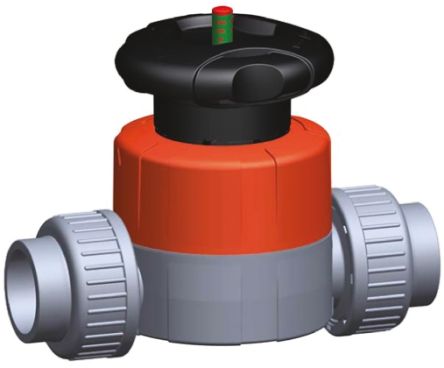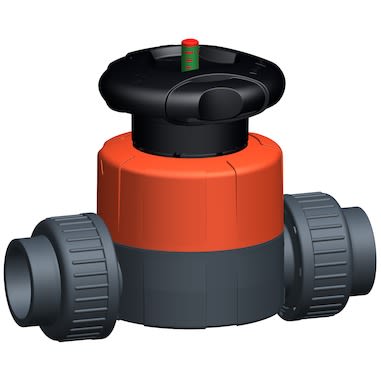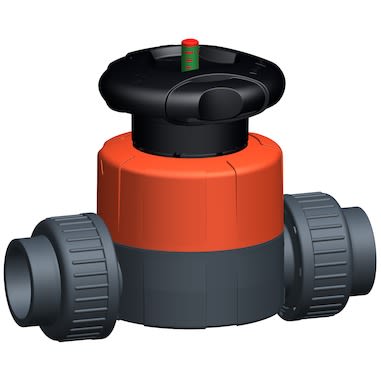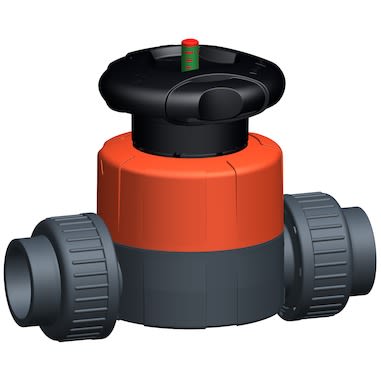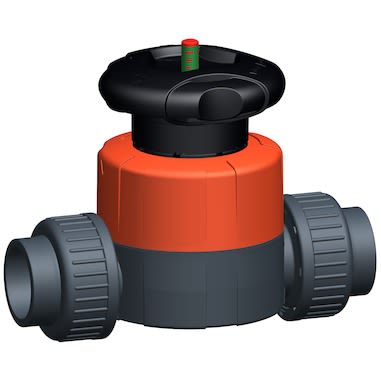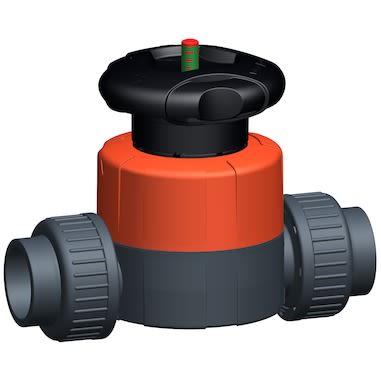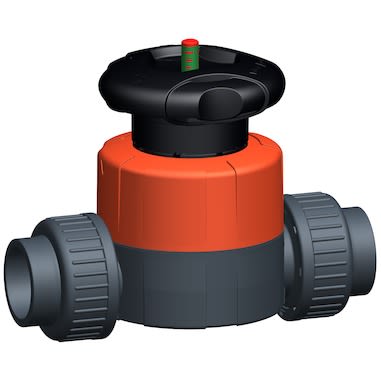- Automation & Control Gear
- Cables & Wires
- Enclosures & Server Racks
- Fuses & Circuit Breakers
- HVAC, Fans & Thermal Management
- Lighting
- Relays & Signal Conditioning
- Switches
- Batteries & Chargers
- Connectors
- Displays & Optoelectronics
- ESD Control, Cleanroom & PCB Prototyping
- Passive Components
- Power Supplies & Transformers
- Raspberry Pi, Arduino, ROCK, STEM Education & Development Tools
- Semiconductors
Diaphragm Valves
A diaphragm valve is an important piece of equipment used in many industrial and commercial settings. It is a type of pressure relief valve that ensures safe operation by controlling the flow rate of liquids, gases, or steam at high pressures. The valves control the flow of gases and liquids by moving up and down. There are two basic forms of the diaphragm valves. Types and properties of diaphragm valves
A diaphragm valve is also known as membrane valve. This valve is designed in a way that it has a valve body with two ports attached to it. It is an elastomeric diaphragm valve. The diaphragm valve rests upon a seat when it is closed.
The body of valve is made with quality different materials. Such as metal, plastic, wood or other metals. The material used varies according to the intend of use. The diaphragm valves are designed in two or more ways which fall into its types; a weir valve and straight through diaphragm valve.
Just like other valves, the diaphragm valves are used to throttle the flow and regulate the area form where the flow or material comes in and exit. The quantity and velocity of the flow is managed through this valve.
The stems of the diaphragm valves do not spin. There are indicating and non-indicating stems for the valves.
Diaphragm Valve Stem Assemblies
Except for a long stem that extends up through the handwheel, the indicating stem valve is like the non-indicating stem valve.
The handwheel turns a stem bushing that engages the stem threads and raises and lowers the stem in the case of the non-indicating stem design. The compressor, which is attached to the stem, moves together with the stem. The compressor is then fastened to the diaphragm.
Diaphragm control valve
As mentioned earlier, the function and purpose of diaphragm check valves is to regulate the flow of liquid or gases efficiently. These valves have different applications. They are installed in pipeline systems to restrict the entrance and exit of the material into the system which could cause malfunctioning.
The diaphragm valves are actuated both manually and atomically. Automated diaphragm valves may usepneumatic, electronic or hydraulic actuators. The accessories which come along positioner, limit switches and solenoid valves.
These diaphragms are subdivided into two more valves, a weir valve and a straight through valve. A weir check valve is sealed upon a weir (saddle), hence called weir valve. The straight through diaphragm valve or full-bore valve is sealed upon a seat unlike the weir valve.
Weir diaphragm valve
A weir diaphragm valve works for regulating the flow. The flow passage includes a weir or a horizontal notch edge from where the liquid flows. The weir valve regulates the flow through a pool cleaner to the pump.
Straight through diaphragm valve
The straight through diaphragm valve or full-bore valve's services are used where the reduction in the blocking of the viscous and dense liquids is required. These valves also govern bi-directional flow regimes as there is no saddle to obstruct the swift changing from inlet to outlet. The straight through diaphragm valve has a rubber in a valve body which moves up and down to head the opening and closing of the valve, becoming the diaphragm actuator.
The pneumatic diaphragm valves need actuators. The actuator is provided with the air flow through the pivot valve, then actuator ups the diaphragm, and the valve opens. Such valves are commonly used especially where speedy operation is necessary.
